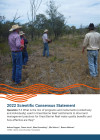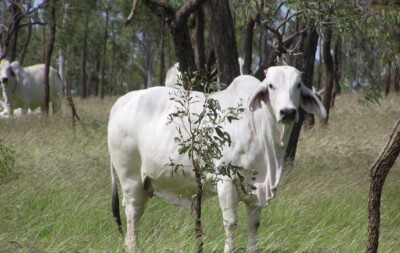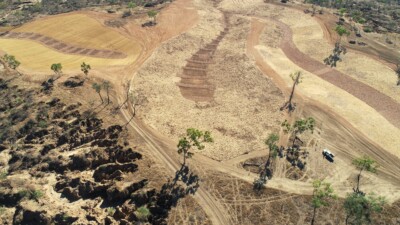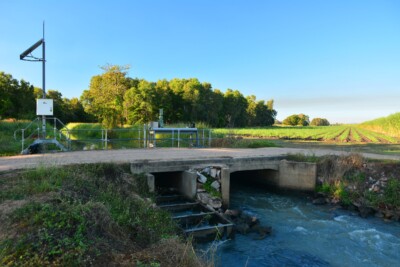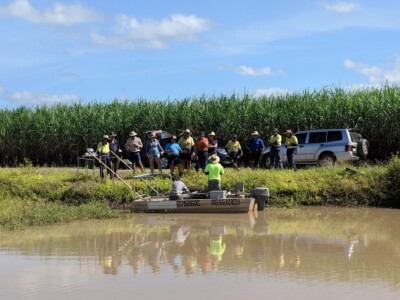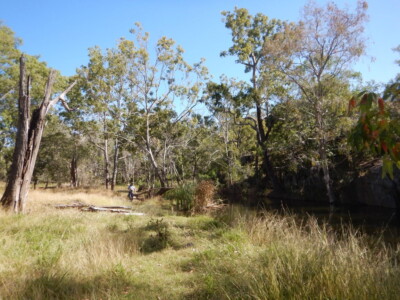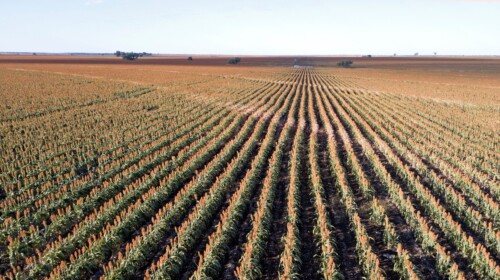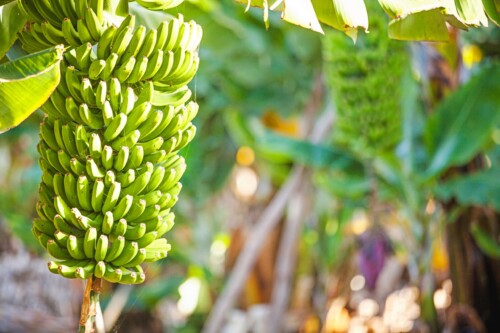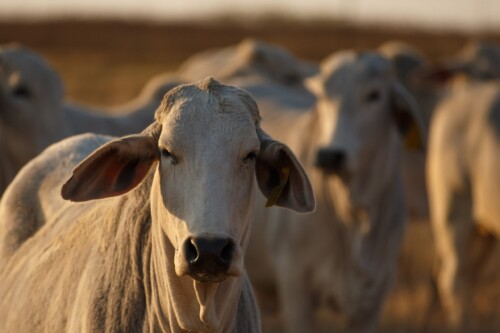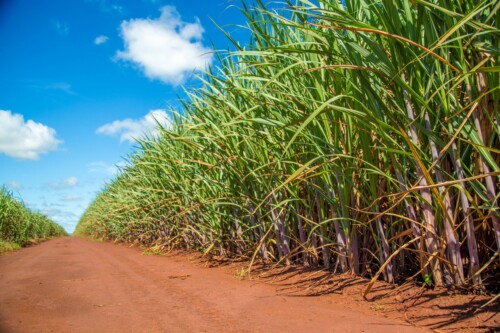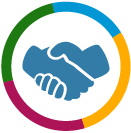Human dimensions of water quality improvement and emerging science

What is the mix of programs and instruments (collectively and individually) used in Great Barrier Reef catchments to drive land management practices for Great Barrier Reef water quality benefits and how effective are they? [Q7.1]
Authors: Anthea Coggan1, Diane Jarvis2, Mara Emmerling1,2, Ella Schirru1,2, Bianca Molinari3
Affiliations: 1CSIRO, 2James Cook University, 3Consultant

Evidence Statement
The synthesis of the evidence for Question 7.1 was based on 86 studies conducted across the Great Barrier Reef catchment area and published between January 2015 and 31 March 2023. The synthesis includes a Moderate to High level of diversity of study types (for the 52 studies reporting on programs in the agricultural sector this included 80% observational from primary and secondary data and 20% modelled studies) and has a Limited to Moderate confidence rating (based on Low to Moderate consistency and Moderate (agriculture) and High (urban) overall relevance of studies).
Summary of findings relevant to policy or management action
The Australian and Queensland Governments have sought to improve Great Barrier Reef water quality through investment in a range of initiatives focused on the management of private land under the Reef Trust Program, Reef Trust Partnership (Australian Government) and the Reef Water Quality Program (Queensland Government, agricultural and urban land). This investment is estimated at AUD$1.1 billion over the last 20 years, with approximately AUD$390 million of this for on-ground projects from 2017-2022. Investment has focused specifically on the instruments of extension (51%), followed by financial instruments with extension (36%). Less investment has been allocated directly to physical works such as on-ground gully remediation (5%), regulation and compliance (4%) and financial instruments in the absence of extension (3%). Despite the magnitude of the investment, there is no standard way to understand and report on effectiveness of these programs in generating water quality benefits. It is therefore not possible to draw, from the available peer reviewed literature, defining conclusions about which instruments are consistently effective at driving changes to land management practices to improve water quality outcomes, including when and where they have been most effective. The quality of the limited peer reviewed evidence is also variable. Further, a significant proportion of available evidence examining the performance of Great Barrier Reef water quality improvement projects and programs exists in non-peer reviewed outputs. Ensuring that studies are formally peer reviewed and published will support more transparent and accessible program evaluations, and better consistency and comparability among assessment approaches all of which will contribute to informing future investments.
Supporting points
- Programs and instruments used in the Great Barrier Reef catchment area to drive improved land management actions for water quality benefits are largely funded by the Australian and the Queensland Governments, and sometimes a combination of these. Most of the investment has been in the sugarcane and grazing industries.
- In the agricultural industries, land management actions for water quality benefits have primarily been generated through facilitative instruments (extension), incentive-based instruments (primarily financial incentives) and regulation/coercion. For urban land, actions have been motivated mostly through facilitative instruments and regulation.
- The synthesis assessed the effectiveness of programs and instruments using criteria for whether a program or instrument achieved its objectives and graded these based on indicators of effectiveness. The highest assessment level for effectiveness was when a water quality outcome was known or modelled. Additional information such as cost-effectiveness, insights from modelled studies and literature that critiqued the effectiveness of different methods was also included. Relevant observations include:
- Most peer reviewed evidence focuses on the effectiveness of extension (primarily in grazing and sugarcane) and is based on assessment of landholder uptake of program objectives (which range from landholder interest in a program through to land management practice change) more so than a measured water quality outcome. For other agricultural industries (bananas for horticulture and cotton and grains for cropping), the effectiveness of the intervention was well understood for program objectives such as increased engagement and skills improvement, but it was less common for studies to report on water quality outcomes.
- Studies that evaluated the effectiveness of financial instruments tended to include water quality outcomes in effectiveness measures more so than assessments of extension. For example, a recent study evaluated 23 projects funded by the Reef Trust and reported on pollutant reduction, cost-effectiveness and other measures of success.
- The most well-developed and consistently applied understanding of the cost-effectiveness of water quality outcomes has been conducted for Reef Trust investments. The Reef Trust assessment reports that for grazing, cost-effectiveness ranged from AUD$16 to AUD$17,000 per tonne of fine sediment removed. For sugarcane, cost-effectiveness ranged from AUD$49 to AUD$554 per kg of dissolved inorganic nitrogen removed. Effectiveness was only assessed in terms of the estimated pollutant load reductions and did not include other benefits such as broader social change or capacity building.
- There is very little peer reviewed evidence on the effectiveness of regulation more broadly. There is no peer reviewed evidence on the effectiveness of regulations specifically aimed at improving the quality of water entering the Great Barrier Reef, including the (2019) Reef protection regulations established under the Environmental Protection (Great Barrier Reef Protection Measures) and Other Legislation Amendment Bill 2019.
- For urban land uses, Regional Partnerships and the associated Regional Report Card initiatives are creating a forum for benchmarking urban water management activities. The Urban Water Stewardship Framework can be used to rate relative risk to water quality from urban water management activities and identify what aspects need improvement. A “C” ranking was achieved for overall urban water management in 2021, indicating that as a collective, councils were meeting current minimum industry standards, but were not yet at best practice management level.
- An evaluation of the effectiveness of broader procedural governance was not included.
